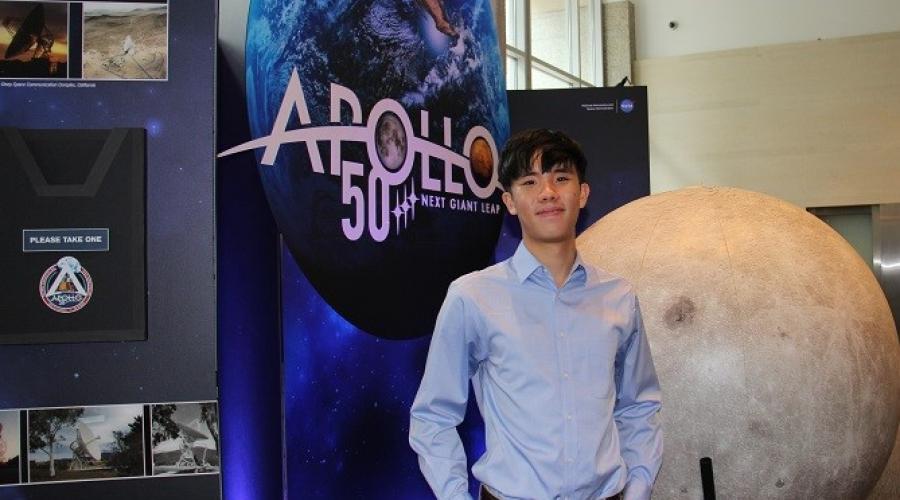Turbulence Leads to Achievements
By Caitlin Jennings, Communications Coordinator, Society for Science & the Public
On October 6, John Knox (ISEF 1983) received the T. Theodore Fujita Research Achievement Award from the National Weather Association for his research on clear-air turbulence forecasting. His interest in meteorology spans almost his entire life, since he was five-years-old and his aunt gave him a book on the subject. Soon afterward, he declared to his family, which had journalists, musicians, and ministers, but not a single scientist, that he was going to be a meteorologist when he grew up.
He continued that route in high school with a science project that earned him a place at the International Science and Engineering Fair. However, instead of taking away any prizes, he took away a valuable lesson. The navy judges asked him a question on calibration that he couldn’t answer—they later told him if he had been able to answer that question, they would have given him a special award.
“It’s ok to screw up,” he says. “It’s ok because then you can learn from it and do better.” He says he often reminds his students at the University of Georgia that the first attempt to use numerical methods to forecast weather patterns was a failure. Lewis Fry Richardson made the first-ever numerical forecast in the 1910s, as a volunteer ambulance driver during World War I, but he failed to account for the coupling between atmospheric pressure and winds in his numerical model, resulting in a completely wrong forecast. It turned out he had the right idea, but was too far ahead of the science and mathematics of his time to get the right answer. Richardson’s forecast approach is now used across the world.
“One of the things that I think gets short shrift in science these days is failure. Another is serendipity,” he says. In fact, this award might not have happened if not for an incident that was similar to his ISEF experience while he as a Ph.D. student. “I was working on a rather esoteric area of mesospheric meteorology,” he says. While sharing his research at a conference, someone from the federal Aviation Weather Center approached him and asked what his work had to do with clear-air turbulence. “I had no earthly idea,” John says. He went back to the University of Wisconsin-Madison and spent the next month in the library trying to figure out a connection. To the surprise of his advisor, his work became a chapter in his Ph.D. thesis, and ultimately, one of his most prominent articles. He says, “A chance encounter at a conference set me off in an entirely different direction research-wise that, over time, has become one of my main research areas.”
“My philosophy in research has been: I just want to be a little better every year,” John says, noting that learning from his “failures” has helped him fine-tune his research, which ultimately led to this award.
- Read the Press Release Announcing the 2010 Theodore Fujita Research Achievement Award
- Learn about John’s award-winning textbook: Meteorology: Understanding the Atmosphere


